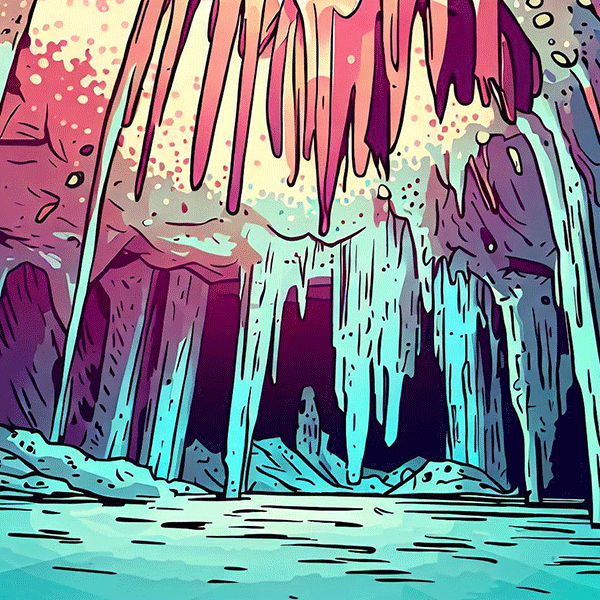Weathering: Earth’s Slow-Poke Artist
Have you ever watched a sculptor slowly chisel a statue out of a block of stone? That’s kind of like what weathering does to our planet. But instead of a few weeks or months, weathering takes years, decades, or even millions of years to shape Earth!
There are two main types of weathering: physical weathering and chemical weathering.
Physical Weathering: Nature’s Breaker-Upper
Physical weathering is like a kid breaking up a big chunk of playdough into smaller pieces. It breaks rocks into smaller bits without changing what the rock is made of. Here’s how it happens:
- Freeze-Thaw Weathering: This is like water playing a sneaky game with rocks. Water slips into tiny cracks in the rocks. When it gets cold, the water freezes and expands, making the cracks bigger until the rock breaks.
- Thermal Expansion: This is when a rock gets hot and cold over and over again. The rock expands in the sun and contracts in the cool night. Over time, this can cause the rock to crack.
- Abrasion: This happens when rocks bump and grind against each other, wearing each other down. This often happens in windy areas or fast-flowing rivers.
Chemical Weathering: The Rock Chef
Chemical weathering is like a chef mixing ingredients to make something new. It changes the stuff that rocks are made of, which can make them break down. Here’s how it works:
- Hydration: Water can react with some minerals in rocks to make new minerals. These new minerals are softer and easier to break.
- Oxidation: This is like when metal rusts. Oxygen in the air reacts with minerals in the rock, making the rock weak and easy to crumble.
- Carbonation: Rainwater can mix with carbon dioxide in the air to make a weak acid. This acid can dissolve some rocks, like limestone and marble.
Why Does Weathering Matter?
Weathering is like Earth’s artist, shaping our planet in amazing ways:
- Making Landforms: Weathering helps create natural wonders like the Grand Canyon.
- Creating Soil: Weathering breaks down rocks into tiny bits that mix with other things to make soil, which plants need to grow.
- Releasing Nutrients: Weathering can free up nutrients trapped in rocks, providing food for plants and other living things.
So next time you see a mountain, a river, or even a handful of soil, remember the slow but powerful work of weathering!
